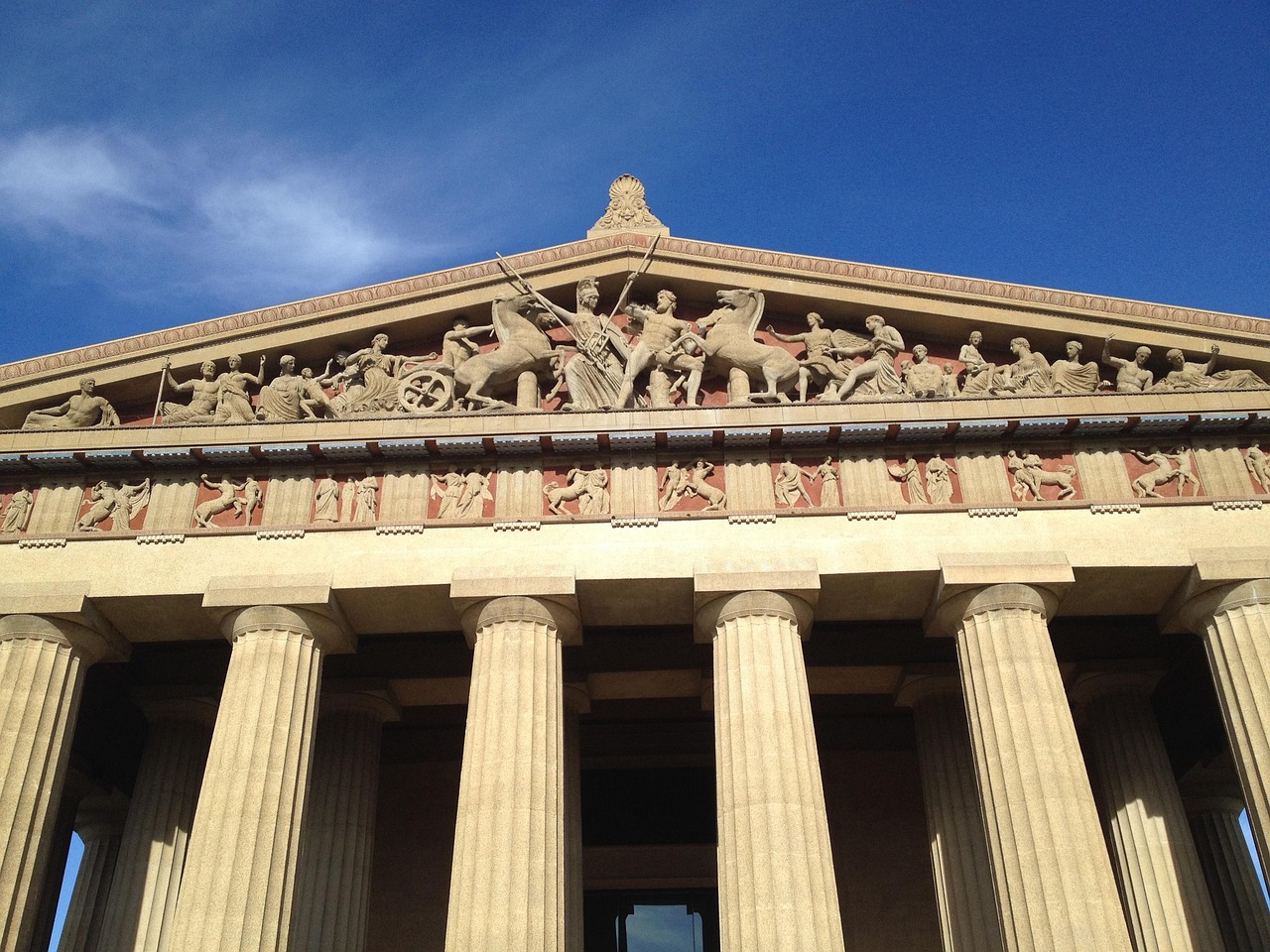介绍了一个关于探索中国文化的英语演讲,演讲旨在通过英语向听众展示中国文化的独特魅力和丰富内涵,通过这个演讲,观众可以更深入地了解中国的历史、艺术、哲学、语言和风俗习惯等方面,演讲者将运用生动的语言和丰富的实例,带领听众走进一个充满神秘色彩的东方世界,感受中国文化的博大精深,演讲也将探讨中西文化交流的重要性,鼓励人们以开放的心态去了解和欣赏不同的文化。
Introduction
Chinese culture is one of the oldest and richest cultures in the world, with a history that spans thousands of years. It is a tapestry woven with threads of philosophy, art, literature, and social customs that have evolved over time. This English language presentation aims to provide an overview of the key aspects of Chinese culture, from its ancient origins to its modern expressions. By the end of this presentation, you will have a deeper understanding of the cultural heritage that has shaped the lives of billions of people in China and beyond.
Historical Background
To truly appreciate Chinese culture, it is essential to understand its historical context. The earliest known civilization in China dates back to the Xia Dynasty (c. 2070–1600 BCE), but it was the Shang Dynasty (c. 1600–1046 BCE) that left behind significant written records in the form of oracle bones. The Zhou Dynasty (1046–256 BCE) saw the development of Confucianism, a philosophy that would profoundly influence Chinese society for centuries to come. The Qin Dynasty (221–206 BCE) and the subsequent Han Dynasty (206 BCE–220 CE) further solidified the political and cultural foundations of China.
Philosophical Foundations
Chinese culture is deeply rooted in its philosophical traditions. Confucianism, founded by Confucius (551–479 BCE), emphasizes moral integrity, social harmony, and the importance of education. Daoism, or Taoism, which emerged around the same time, advocates for living in harmony with the Dao, a natural order that governs the universe. These philosophies continue to influence Chinese thought and behavior today.
Art and Literature
Chinese art and literature are renowned for their beauty and depth. Traditional Chinese painting, calligraphy, and poetry often reflect the principles of Confucianism and Daoism. The art of calligraphy, in particular, is considered an art form in itself, with each stroke carrying meaning and emotion. Chinese literature includes classics such as "The Four Great Classical Novels": "Romance of the Three Kingdoms," "Journey to the West," "Water Margin," and "Dream of the Red Chamber," which are still widely read and studied today.
Festivals and Celebrations
Chinese festivals and celebrations are a vibrant part of the culture, often tied to lunar cycles and agricultural seasons. The most significant festival is the Spring Festival, also known as Chinese New Year, which marks the beginning of the lunar new year. Other important festivals include the Mid-Autumn Festival, which celebrates the harvest and full moon, and the Dragon Boat Festival, which commemorates the ancient poet Qu Yuan.
Cuisine
Chinese cuisine is diverse and rich, with regional variations that reflect the country's vast geography and history. It is known for its balance of flavors, colors, and textures. Some of the most famous dishes include Peking Duck, Sichuan Hot Pot, and Dim Sum from the Guangdong region. Chinese cuisine also places a strong emphasis on the medicinal properties of food, with many dishes designed to promote health and well-being.
Traditional Medicine
Traditional Chinese Medicine (TCM) is a holistic approach to health that has been practiced for thousands of years. It includes practices such as acupuncture, herbal medicine, massage (Tui Na), and dietary therapy. TCM views the body as an interconnected system and aims to restore balance and harmony to prevent and treat illness.
Performing Arts
The performing arts in China are as diverse as its culture.京剧 (Peking Opera) is a highly stylized form of traditional Chinese theater that combines music, vocal performance, mime, dance, and acrobatics. Other forms of traditional Chinese theater include 越剧 (Yue Opera) and 川剧 (Sichuan Opera), which are known for their unique masks and face-changing techniques.
Modern Influences
In recent decades, Chinese culture has been influenced by globalization and modernization. Contemporary Chinese art, music, and cinema often blend traditional elements with modern themes and techniques. The rise of China as a global economic power has also led to a renewed interest in and appreciation of Chinese culture worldwide.
Conclusion
Chinese culture is a complex and multifaceted tapestry that has evolved over millennia. It is a living tradition that continues to shape the lives of people in China and around the world. By exploring its historical roots, philosophical foundations, artistic expressions, and modern influences, we can gain a deeper appreciation for the richness and diversity of this ancient culture.
Further Exploration
For those interested in delving deeper into Chinese culture, there are numerous resources available, including books, documentaries, and online courses. Visiting China, if possible, offers a firsthand experience of the culture's vibrancy and dynamism. Engaging with Chinese language and cultural exchange programs can also provide valuable insights and understanding.
In conclusion, Chinese culture is a treasure trove of wisdom and beauty that has much to offer the world. As we continue to explore and learn from it, we enrich our own cultural perspectives and contribute to a more interconnected and understanding global community.







 京公网安备11000000000001号
京公网安备11000000000001号 京ICP备18057566号-3
京ICP备18057566号-3